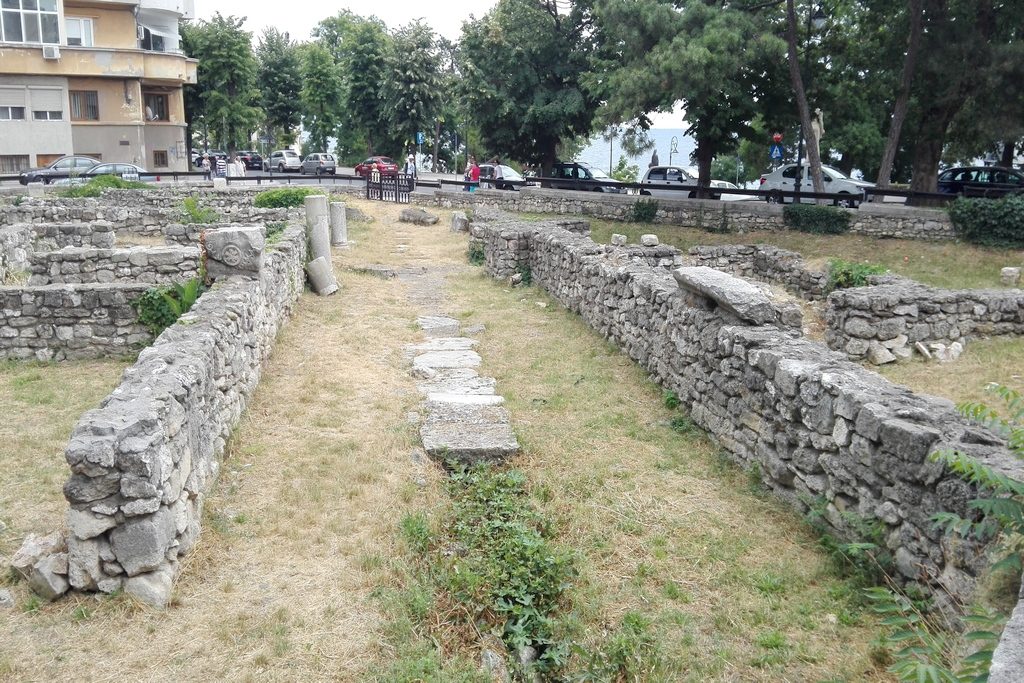

Tomis, today Constanța, was founded over 2500 years ago by seafarers and Greek merchants came from the city of Miletus (Asia Minor), attracted by the shelter offered by the bay and the peninsula formed by the Black Sea as well as by the very good exchange of products made with the chiefs of the local population, the Getians.
Tomis period of great prosperity lies in the middle of the first century AD, when, with the introduction of Roman rule over the territory between Istra (Danube) and Eucin Pontos (Black Sea), has become a Roman province, the city reached the rank of capital.
Meanwhile, were built great temples and buildings, squares and baths (bathrooms), marble processing workshops were built streets and new neighborhoods.
Since the third century, the city is increasingly troubled by Carpo-Getae invasion, reaching be desolated. However, until the coming of the Emperor Justinian (527-565) the enclosure wall was restored the (today also, visible in the Archaeological Park).The fortress is devastated by Avars in 601. A few centuries later, on the ruins of Tomis, a small fishermen’s settlement blossoms, which gradually in the following centuries, was developed Constanta.
The remains of ancient civilizations, meet in the city today, everywhere. The Roman wall can be seen today in Constanta, which were closing the north – western city of Tomis and the ruins of western and northern gates, whereby exit from the city was made. In the excavations carried out between 1958-1960, it was found that the wall was rebuilt in the sixth century on the exact path it has initially at the end of III century. The difference between initial and secondary wall that marks the reconstruction phase clearly stands at the northern gate of right and left curtain walls of the gate. Enclosure wall, whose ruins we know today was probably built under Emperor Tacitus or Diocletian. After the devastation suffered in the following centuries was rebuilt during Emperor Justinian, as proven by Vasile Parvan in archaeological excavations carried out in 1914. It was finally destroyed by the end fo the VI century asa result of Slavo-Avar migration. The wall is in chronological order the most recent. The wall of Greek period and maybe another of early Toman period is not known, but their exitence is suspected.
Numerous other vestiges of the fortress Tomis are in the city museum, among them being found special pieces, such as the marble statue of the goddess Fortuna, protector of the city of Tomis, together with Pontos, the Black Sea god, the marble statue of the Glycon serpent (an Asian deity) etc.
The great Latin poet Ovid, who has recorded in his works (“Tristia” and “Ponticele”) precious information about life and customs of the natives Getae spent his last years here in Tomis Fortress.
